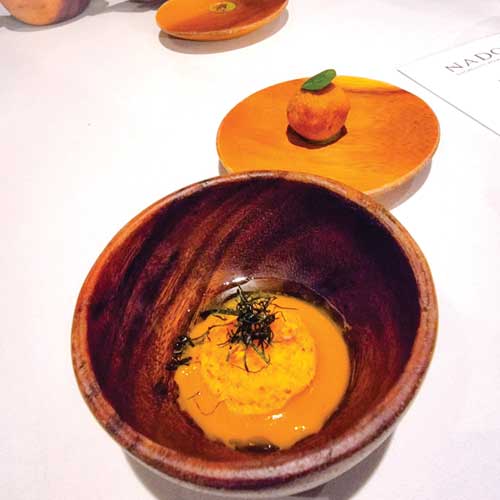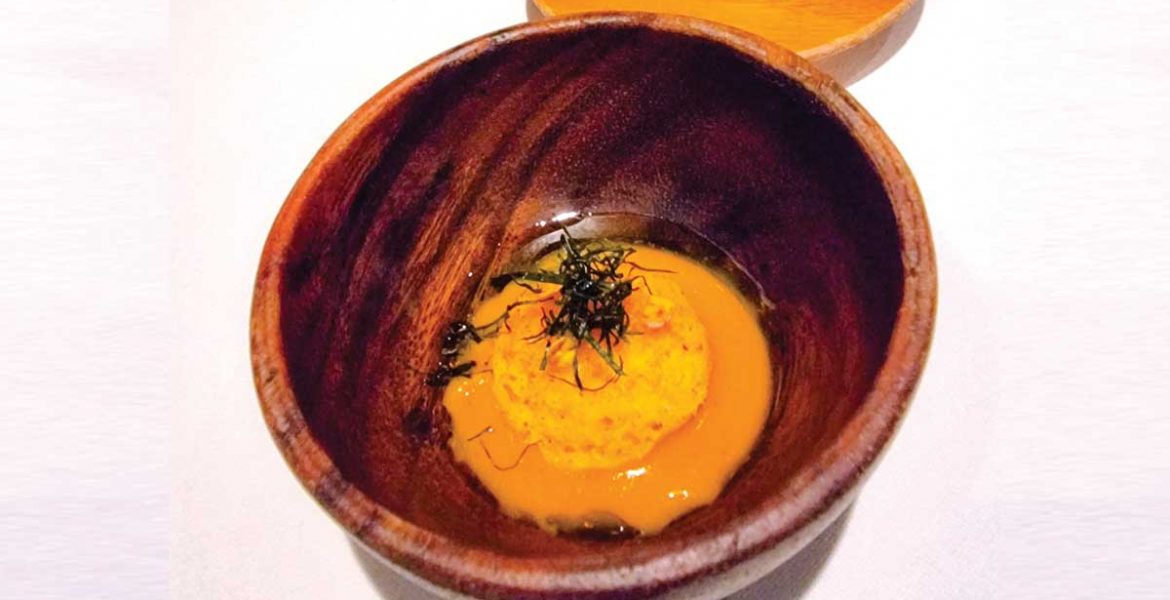Sri Lankan food in Malaysia
Dee Williams is glad that island cuisine has made its mark

I enjoyed my recent trip to Malaysia because it is a culinary melting pot with so many different types of cuisine. Fusion dishes are very popular around the world and I ate some amazing fusion food during this particular visit. Traditional Malaysian food has a Chinese influence and features some Indian specialities while the flavours are extraordinary.
Sri Lankan food and culture are slowly entering the Malaysian food scene, and that country’s nationals are growing accustomed to our island’s flavours. During my short stay there, I found that Malaysians love the Sri Lankan crab curry and most of those whom I spoke to said they were at the restaurant to enjoy this particular dish with relish, which they find delicious.
There are several Sri Lankan restaurants in the area where I was staying. Kuala Lumpur remains very popular for its gourmet restaurants, cafes and delicacies, and is also home to some amazing street food.
I can say with certainty that the Sri Lankan crab curry has a special place in the hearts – and stomachs! – of Malaysians because of the unusual combination of fresh crab meat, coconut milk, spices and herbs.
Aliyaa Island Restaurant & Bar is one of the most authentic Sri Lankan restaurants in Kuala Lumpur. The dishes there offer a combination of authentic northern Sri Lankan and Colombo style cuisine. There are some unique northern Sri Lankan dishes also, such as Jaffna Odiyal Kool, Point Pedro Vadai, Aatukkal Rasam and Mutton Paal Poriyal to name a few as listed on the menu.
In addition to providing an amazing view of the iconic Petronas Twin Towers, Nadodi offers a sophisticated dining experience with a meaningful concept that flows through every single dish in a 10 course meal.



Transforming the bold flavours of Sri Lankan and Indian cuisines into a fine dining experience isn’t easy because the strong flavours have to be addressed and all the elements must complement each other. Nadodi also maintains the concept of generosity in all its dishes.
One dish that stood out for me is called ‘Yesterday.’ It consists of steeped rice, mor milagai crumble, dried fish, coriander oil and nellikai oorugai.
South Indians and Sri Lankans have different names for the same dish. It is very similar to diyabath or pazhaya soru kanji where leftover rice is soaked in water in a clay pot and prepared as porridge the next day, and served with fried curd chillies. You can also serve this dish with fried dry fish, lime pickle and papadams.
At Nadodi, they have taken this simple and humble dish to another dimension with a flavour bomb. Each component is perfectly layered in a tiny clay pot to take you back to your childhood memories of eating diyabath or pazhaya soru kanji in the home country.
It is very interesting to travel to different parts of the world and see how traditional Sri Lankan food has been modified to suit diverse environments overseas. The creativity displayed by people to elevate Sri Lankan dishes to another level is also very encouraging.


